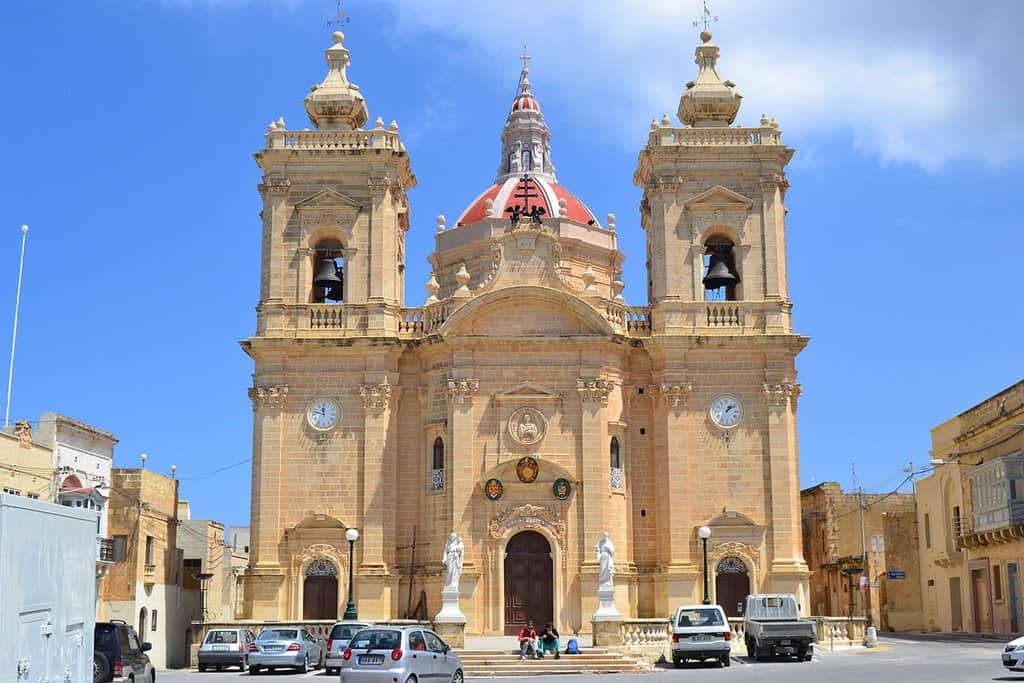
Pandora sent in this comment under my commentary of yesterday on the Gozo priestly sex abuse story.
“It was not my intention to comment on this case, but I am in Xagħra today and I have come to the conclusion that really one has to know both sides of the story before painting one completely black and the other one completely white. What people are asking is why go public now after sixteen years when presumably no action can be taken by the state against the priest because of the time lapse? Why now when the village was celebrating the Prima Messa of a newly ordained priest? What was the grade of the abuse committed and what was the kind of relationship between the two in the meantime. People here know both protagonists and while they condemn the action committed they are not so kind in their comments about the ‘victim’ who seems to be a ‘persona non grata’ in the village because of other implications involving him. So I would refrain from condemnation or commiserations before the whole truth comes out.”
I will not refrain from commenting. I knew of course that this sort of discourse would be rampant, but few would write it down.
The fact of the matter is that in a sexual relationship between a 60-year-old and a 13-year-old there are no two sides of the coin. Take away for argument’s sake the sexual orientation of the characters, the profession of the elder, the attitude or behaviour of the younger. Allow yourself the picture, if you will, of an older character as a married man and the younger character an adventurous young girl who looks far beyond her age and who looks like she is more than consenting to sex, she is positively inviting it.
None of that matters.
A 13-year-old is unqualified to give consent. The “grade” of abuse presumably is the sort of whispering that would have been happening in Xagħra square yesterday as people try to excuse sexual abuse by imagining it was not violent or forced. Violence may aggravate abuse, but any absence of it does not excuse it.
Whatever reasons anyone may have to dislike the victim, they change nothing in the inequality of the relationship and the power the elder person has that, the younger person could not possibly equal.
The term “persona non grata” is representative of how people gang up around the perpetrator to blame the victim. The suggestion that the victim “timed” the accusations with some feast going on in Xagħra ignores the fact, reported in this website, that the victim confronted the alleged perpetrator two years ago already.
The suggestion that the victim waited for the alleged crime to be time-barred to act is so incredibly callous. Time barring criminal action on the abuse of minors ignores the psychological reality that young people who have been abused spend many years trying to live down what they had suffered.
Many blame themselves in the same way that the gossip in Xagħra square was blaming the victim yesterday.
Confronting their past and comprehending that they are entitled to justice for it is an incredibly painful process. Seeking justice, civil or canonical, is a long-drawn reopening of wounds.
A victim of another priest who is now an adult living in Australia got in touch with me to tell me his story after the articles I have published on the subject. He told me he decided to speak up about what happened to him as a child many years later and found himself hurting over the years of telling his story to several hierarchs as much as he was hurt as a child trying to cope being molested by a priest he loved and trusted.
This is what everyone seems to prefer to forget. Often victims of priestly child abuse found themselves being abused by people they loved, respected and thought of as the embodiment of good. In their young minds, they saw their priest’s hands as the hands of God himself. Those hands that touched them were, as they saw them, the hands of all they thought of as good in the world. Even from beyond it.
There are no two sides of a coin in a sexual relationship between a 60-year-old and a 13-year-old. There is an even greater imbalance of considerations when the 60-year-old is a priest and a 13-year-old is a child trusted in his care.
People who remind that everyone is innocent until proven guilty speak the obvious. That is why both the church and the state ensure due process in the exercise of justice and mercy.
But the church and the state also have a duty of care for children. They must be organised to protect the young and the vulnerable from any abuse. They must be capable of acting urgently to prevent suspected perpetrators from continuing to exercise the profession that gives them the means to cover up their crimes.
And we all have a duty to ensure that victims because there will always be victims, are supported to speak up whether in pursuit of justice for themselves, which they deserve and help prevent other people suffering the same experience.
In trying to find out why the victim “is not all white” we seek to excuse the crimes of the perpetrator by blaming them on the victim. If people were wondering why many victims take years to feel strong enough to speak out, or others never do at all, perhaps yesterday’s vile ganging up could answer that question.